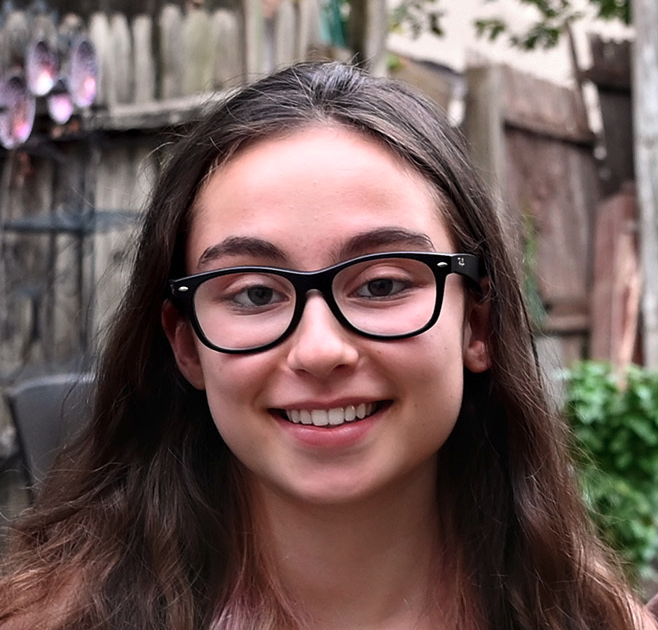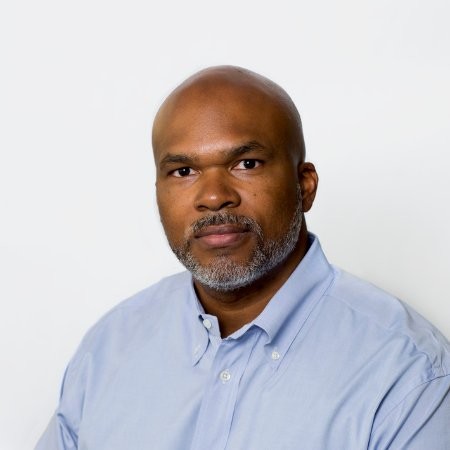As a teenager, Tajh Taylor wanted to pursue a career in music. He played jazz gigs for money, listed “music” as his college major on the PSAT and got a bunch of pamphlets from music programs.
That love of music wasn’t enough to convince his mother of his choice, though.
“My mom didn’t want her kid to have a musician’s life, so she told me to write back to all the schools and ask for the engineering materials instead,” he told Technical.ly.
Taylor ultimately drove down a tech career path that wound south through Morehouse College and west to the University of California, Berkeley, where his LinkedIn said he earned bachelor’s and master’s degrees, respectively, in computer science. He now lives in Kensington, Maryland, and works as the highest-ranking Black staff member at the Wikimedia Foundation.
Taylor’s trajectory reflects a needed lesson for the whole tech industry, which hungers for more talent while struggling to meet demand. By 2030, the global talent shortage is projected to reach 85.2 million, while the Bureau of Labor Statistics predicted computer and information science jobs to grow by around 667,600 between 2020 and 2030. To meet the demand, experts say the tech sector has to grapple with its sore lack of progress in diversifying its workforce, as well as help professionals move from one industry to another. Taylor, who serves as the Wikimedia Foundation’s VP of data science and engineering, represents the kind of professional affected by the industry’s problems in both DEI and transitional facilitation.
It took him a while to get to this position, and his journey included stints as a Booz Allen Hamilton associate, leadership positions in several smaller software companies and nearly a decade with data management services company Catalist.
“I thought computer science would be an ‘easy’ major for me, so I chose it the summer before college began,” the former RealLIST Engineer said.
With a scholarship from NASA, Taylor could pick which facility to intern at during college summers. Taylor chose the Ames Research Center in Mountain View, California, where he says he learned network engineering. Later on, he found out that what he was learning there was “many years ahead of the commercial industry.” He liked the creativity software engineering allowed and ultimately chose that path over network engineering.
Taylor’s has both love for the field and criticism for its shortcomings. People of color remain underrepresented in engineering, and as the highest-ranking Black staffer in his organization of over 600 employees, he knows we must do better.
“It is not a pipeline problem, it is a development problem,” he said. “There’s no shortage of people of color interested in and possessing the aptitude for any technical field you can name.”
“Too many leave burnt out and seek to shift to other fields after a few years because they lack sufficient support and assistance along the way, and suffer from lack of inclusion,” he continued. “Organizations who profess to care about equity and inclusion are deeply underinvested in employee development and retention. And the science is clear: It’s not just good in principle to equitably invest in your employees. It’s good for business, too.”
Given these and other persistent concerns around how people of color experience the tech industry, Taylor has a piece of specific advice for young people of color that are curious about this field: Find mentors and peers to support you.
“They might all be online and geographically distributed in this modern world, and that’s OK,” he said. “Be the support they need and lean on them in your times of need.”

This is How I Got Here, a series where we chart the career journeys of technologists. Want to tell your story? Get in touch.
Before you go...
Please consider supporting Technical.ly to keep our independent journalism strong. Unlike most business-focused media outlets, we don’t have a paywall. Instead, we count on your personal and organizational support.
Join our growing Slack community
Join 5,000 tech professionals and entrepreneurs in our community Slack today!

Entrepreneurship is changing, and so is the economic development behind it

Tech Hubs’ new $210M funding leaves Baltimore and Philly off the table

Here’s what to know before using AI to craft your brand’s social media posts


